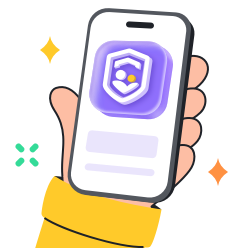Spotify gives users access to millions of songs and podcasts from artists all around the world. Set up in 2006, it offers a mix of free and paid options. Users can make playlists, find new songs, and receive music suggestions. Spotify’s history means more than just tracking the songs you have listened to. It has a strong impact on how your listening experience is formed. It makes your experience more personal, learn what kind of music you like and get more out of the platform’s services. In this article, we will discuss how your Spotify history impacts your engagement, how to manage that history, and different ways to use it to make your experience better.
What is Spotify listening history and why is it important?
Spotify keeps track of everything you listen to with its listening history. It covers songs, albums, playlists as well as podcasts. Each track you play is included in your history, so your history keeps growing as you use the app. This record is the basis for many of Spotify’s features including suggestions for new music and yearly wrap-ups. The yearly wrap-ups show your top songs and artists for the year. Collecting more of your listening history helps Spotify give you more recommendations that match your taste.
By taking a look at your listening history, you can discover what kind of music you listen to. It helps develop your music palette. You can find out which songs you often go back to and which playlist categories you like best.
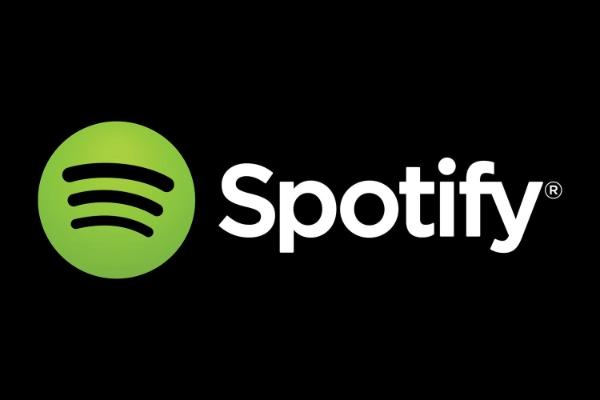


What your listening history says about you
Spotify’s record of listening history tells more than just your favorite genre; it also points to your mood, daily habits, and psychological state. It acts as a log of what music appeals to you and how you feel on daily basis.
Mood and habits:
Your listening habits can show how your emotions or daily schedules influence your choices. The algorithms on Spotify pick up the patterns and serve up songs that align with your mood or routine, making your experience better.
Your playlist could be filled with happy and fast tracks from pop, dance, or rock if you are in a joyful and energetic state. Subsequently, when you are feeling down or anxious, you are more likely to enjoy quiet genres like classical or acoustic music. Using this insight, you can put together playlists that match your current mood.
Psychology of music and emotional regulation:
Emotional regulation is influenced a lot by music. According to science, playing music may affect the brain and increase dopamine (a chemical that makes us feel good). Spotify’s history shows patterns in how you use music for emotional regulation.
For instance, if you are feeling sad or under pressure, you might choose songs that make you feel better. Such music often has emotional value for you or calls back memories of happiness. Going through your history can show the link between your emotions and the kind of music you select.
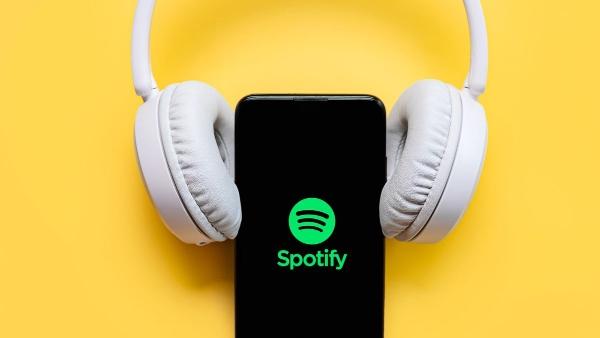


Musical nostalgia and replay:
Many listeners on Spotify seem to go back and replay some of the same songs or records frequently. Nostalgia from past music can lead many people to keep repeating those songs in their playlists over time. Songs can bring back memories and feelings, so many people often play music that has special meaning to them.
Your listening history is packed with songs that connect you to moments, whether they’re from your teenage times or special life events. Spotting these patterns can give you more insight into how music impacts your feelings and memories.
See what your child is listening to so you can connect with their interests.
Features that use listening history
Spotify has different features that use what you listen to personalize your experience. These features make Spotify more fun to use and make sure your recommendations and playlists are to your liking.
Spotify wrapped:
Spotify Wrapped is generally the best-known feature that makes use of your listening history. Once a year, Spotify looks at your most played songs, albums, and artists and provides you with a report on your listening for the year. It is a fun, hands-on way for users to review and remember their top songs of the past 12 months.
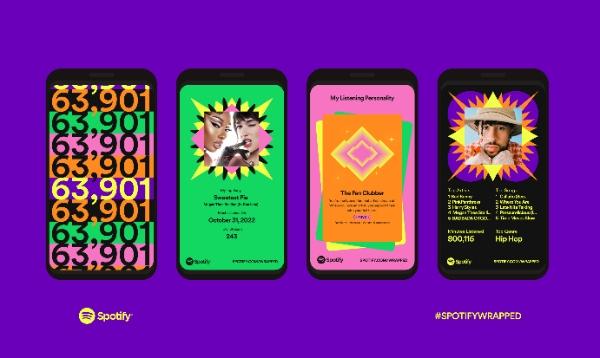


Wrapped basically points out the kinds of music, artists, and songs that had the biggest impact on your year. Besides, Wrapped invites users to share their reports on social media, therefore, making music a more socially shared experience.
Discover weekly and release radar:
Two important features that use your listening history are Discover Weekly and Release Radar. Discover Weekly gives you a playlist every Monday with songs recommended for you based on what you usually listen to. Listening to new music more often makes Discover Weekly give you better song recommendations.
On the other hand, Release Radar is about the latest music at all times. It brings together new tracks from artists you like. It guarantees you do not miss the latest music from your chosen genres and artists.
On repeat and repeat rewind:
The On Repeat feature from Spotify lists the songs you listen to the most. It brings your favorite songs at the moment to your playlist. Repeat Rewind, on the other hand, shows you songs you have not listened to for some time that you might enjoy again.
These features make it simple to reach your favorite songs and also help you find music you liked in the past and might enjoy once more. They help you enjoy your old music in fresh ways by changing your history into up-to-date playlists.
Daily mixes:
Daily Mixes are playlists that use what you have listened to before. They include both your favorite songs and new choices. Daily Mixes are made to update every day to help you find old favorites and new tracks that match your style.
With more knowledge about what you play, Spotify can improve its mixes a lot. Taking indie rock as an example, if you like it a lot, your Daily Mix will include new indie songs in addition to your current favorites.
How to access, view, and manage your Spotify history
You can manage your Spotify listening history. It allows you to stay in control of the data Spotify collects. Mentioned below is a step-by-step guide to managing this data on different devices:
How to view Spotify history on the mobile app
Step 1. Launch the Spotify app from your phone.
Step 2. Then click “Your Library” button at the bottom of the screen.
Step 3. Look for “Recently Played ” section by scrolling down.
Step 4. Clicking it will open up your listening history.
Spotify’s mobile app makes it simple to look at your previously played tracks. You can easily find & manage the record of everything.
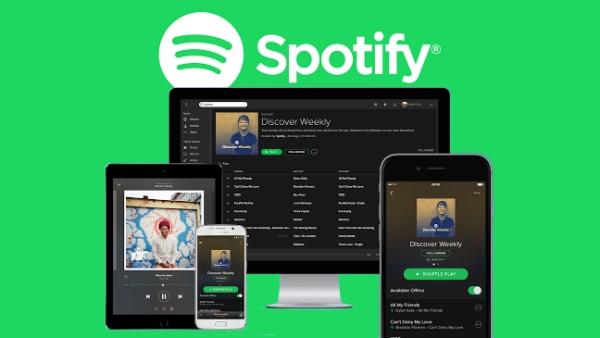


How to view Spotify history on desktop
Step 1. Open the Spotify app or go to the official website on your browser.
Step 2. Select the “Home” tab that is on the left sidebar.
Step 3. Scroll down and pick the “Recently Played” option to see all your latest tracks.
Step 4. You can play a song or add it to your playlist through this section.
Even though the desktop version has a similar ‘Recently Played’ section as the mobile app, it provides a broader overview.
How to manage Spotify history
There are different ways to keep your Spotify history spick and span.
Clear recent plays:
It is possible to get rid of certain songs from the ‘Recently Played’ list. You might want to do this to discard the tracks you did not enjoy listening to. To execute this, first, go to the ‘Recently Played’ section and then select the three dots by the song you would like to remove. Then, pick “Remove from Recently Played.”
Private sessions:
If you want to enjoy music privately (that does not show up in your listening history), try using a private session. Your activity is not tracked by Spotify in a private session, so it would not affect things such as recommendations or Discover Weekly. Here is how to activate a private session:
Step 1. Start Spotify on your smartphone or desktop.
Step 2. Go to your profile.
Step 3. Toggle “Private Session” on.
This feature lets you try out different music without changing your recommendations.
FAQs about Spotify listening history
Mentioned below are some of the most frequently asked questions regarding Spotify’s listening history.
The listening history helps you discover your top music genres and the artists you like. It can help you put together playlists for your mood or planned events. For instance, a workout mix or a playlist for a trip.
Your Spotify listening history is private unless you give someone access to your account. Your public playlist, on the other hand, is visible to everyone.
When you delete your Spotify account, everything you have saved such as your listening history and playlists will be deleted. Your personalized recommendations will be lost as well.
Yes, if you have Spotify Premium. With premium, you can download songs from playlists or albums you like.
Tips for maximizing your Spotify history experience
Use the following tips to make the most out of Spotify:
Step 1. Take a look at your “Recently Played” list often to learn about your listening habits.
Step 2. The “On Repeat” and “Repeat Rewind” options allow you to rediscover favorite songs.
Step 3. Stay engaged with Spotify Wrapped by going back to songs you have listened to throughout the year.
Step 4. Review changes to Spotify’s policies around data privacy and history.
Staying informed and proactive helps you get the best listening experience.
How to set up parental controls on Spotify
Spotify lacks comprehensive parental controls. However, the app does let you block explicit content. Parents can turn on this feature to block songs with explicit lyrics.
Steps to set up parental controls:
Step 1. Launch Spotify and go to the settings option.
Step 2. Navigate to the part that says “Explicit Content.”
Step 3. Toggle the ‘Block Explicit Content’ option to on.
Even though this blocks certain content, it does not cover overall child safety. For added protection, you can use third-party tools such as FlashGet Kids. With its Tracking App and Content Filter features, you can curate the Spotify content for your child. It will also keep track of everything your child does outside Spotify. So, test it out if your teen is starting to explore the digital world.



Conclusion
Spotify listening history is important to enhance your music experience. Looking at your listening data gives you useful information about what you like, how you feel, and how often you play music. Spotify’s features like Discover Weekly, Release Radar, and Wrapped give you perfectly personalized music suggestions by considering your listening habits. Managing your account is easier when you use tools such as private sessions and clear your recent plays. You can keep your kids’ playlists clean by using third-party apps like FlashGet Kids.

